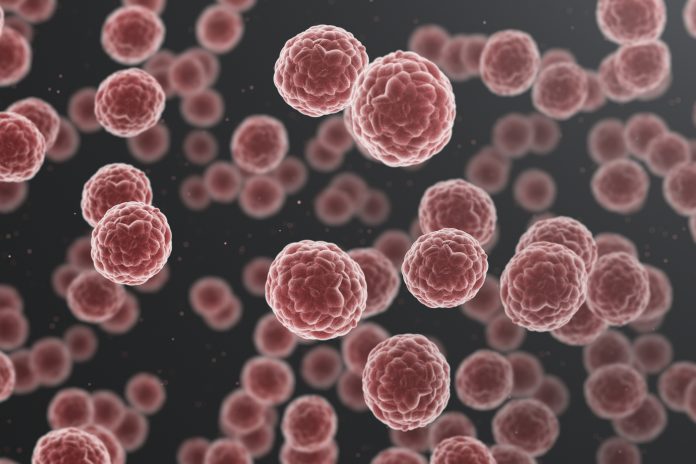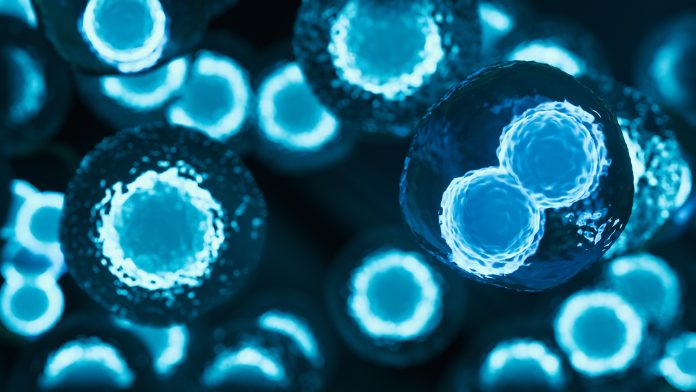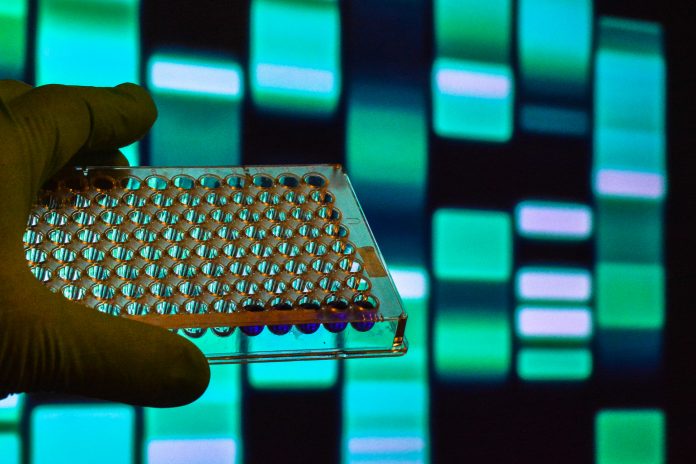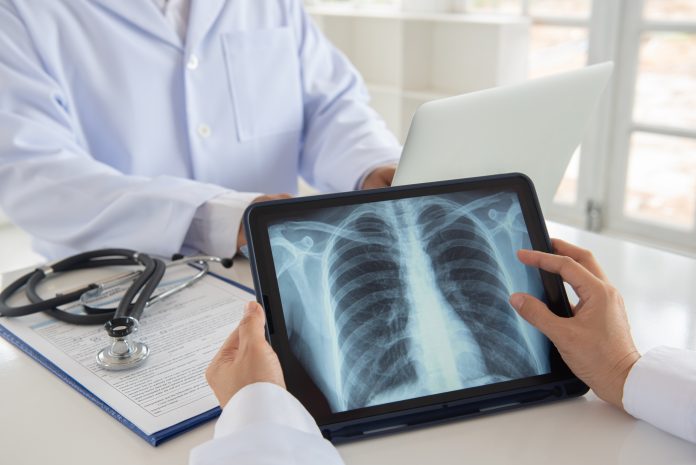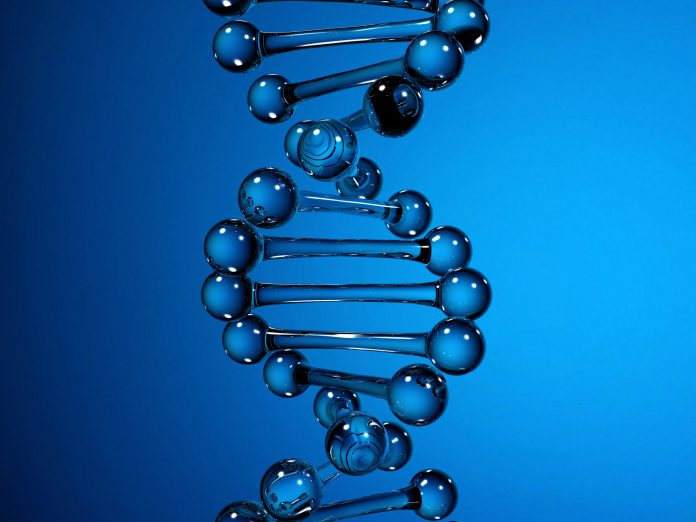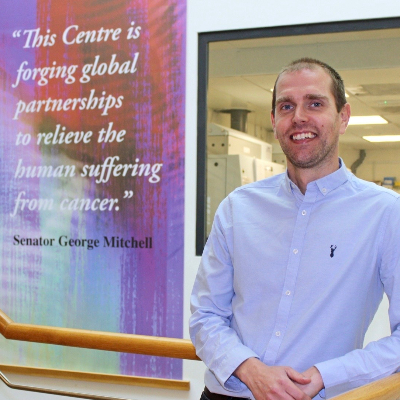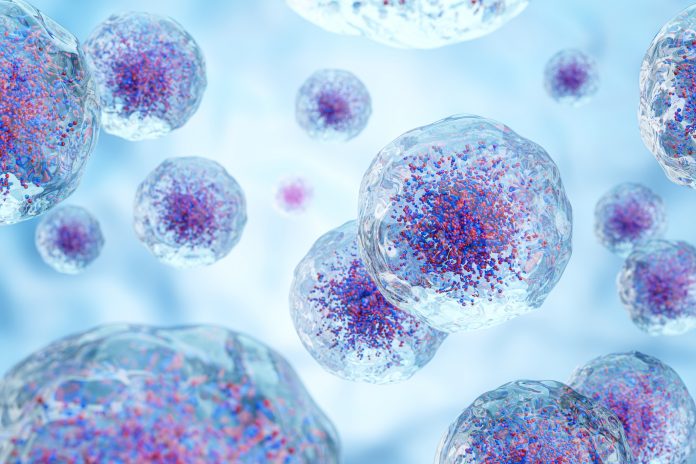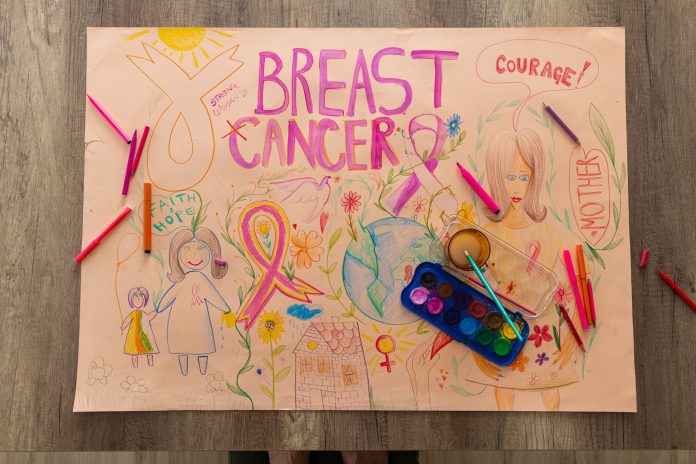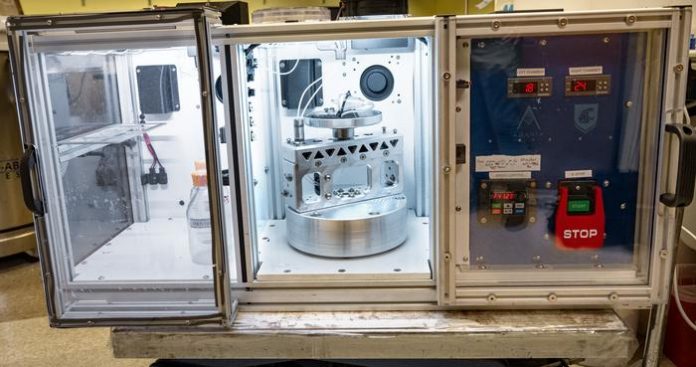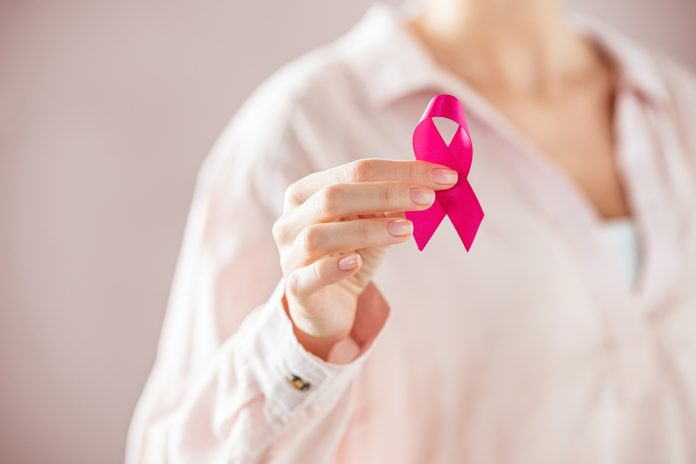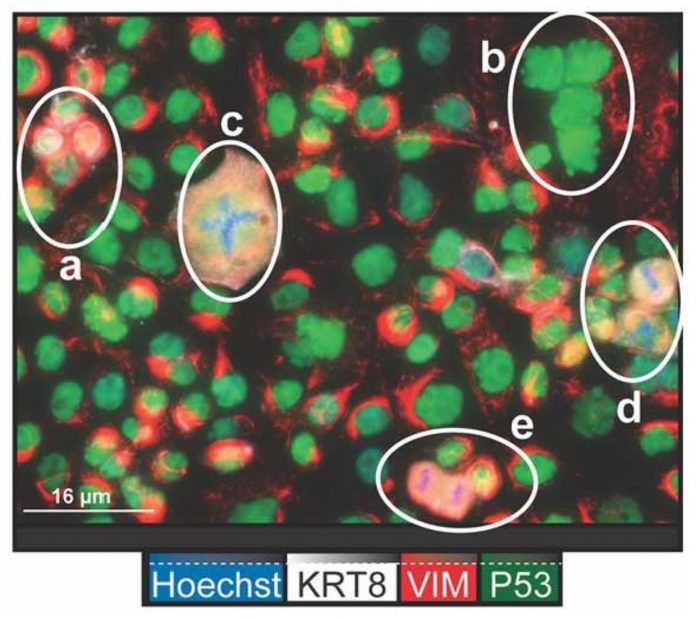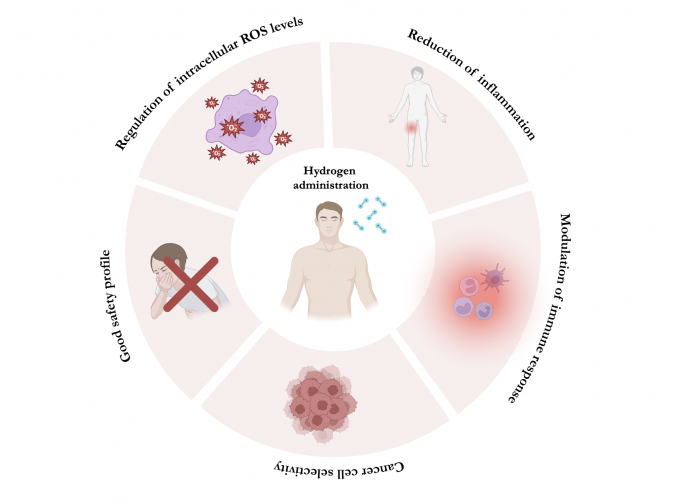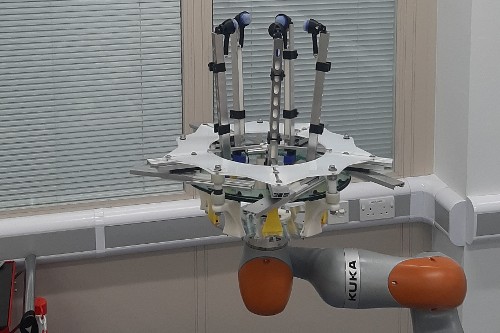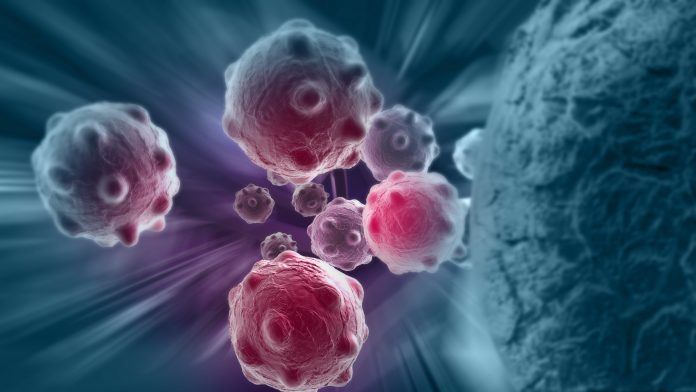Home Search
cancer - search results
If you're not happy with the results, please do another search
Unraveling the potential of antisense therapies to target neuropilin 1 in the fight against...
Secarna Pharmaceuticals, the next-generation antisense drug discovery and development company, is developing novel approaches to successfully target Neuropilin 1 (NRP1), a promising target for the treatment of cancer.
Secarna aims to expand the therapeutic toolbox against cancer
Current oncology treatments have significantly improved cancer survival rates, but more effective and safer therapeutics are needed.
Daily exercise linked to prolonged life in inoperable lung cancer
A life-extending link has been discovered between minimum physical activity and inoperable lung cancer.
Enhancing cancer care through genomic testing
Simon Holt, Honorary Professor at Swansea University, reflects on the key challenges within cancer care and the benefits of genomic testing in improving patient outcomes.
Consuming ultra-processed foods associated with elevated cancers
Consuming higher-quality ultra-processed foods (UPFs) might be linked to a higher risk of cancers in the upper aerodigestive tract, encompassing the mouth, throat, and oesophagus.
Identifying lung cancer risk in ‘never smokers’ using artificial intelligence
An artificial intelligence tool can effectively detect high-risk individuals for lung cancer among non-smokers using routine chest X-ray images.
From byte to bedside: Ushering in the era of digital oncology to outsmart cancer
Philip Dunne and Mark Lawler from the Patrick G Johnston Centre for Cancer Research talk to us about the emerging field of ‘digital oncology’ and how their approach can truly optimise cancer research and care.
Gene expression: Can an AI model predict Cancer outcomes?
In a groundbreaking development, UCLA researchers from the Jonsson Comprehensive Cancer Center have unveiled an innovative artificial intelligence AI model. This model centred on epigenetic factors, demonstrates unparalleled success in predicting patient outcomes across cancer types.
Breast cancer drug made accessible to 289,000 women in England
Anastrozole is to be made accessible to postmenopausal women who have a family history of breast cancer to help prevent the disease
Rapid cell production for cancer treatment achieved by new machine
A new method for quickly growing cancer-killing white blood cells can potentially enhance the accessibility of immunotherapy.
RESCUER: Supporting new concepts for breast cancer subtypes treatment
RESCUER is an EU Horizon 2020 project, coordinated by the University of Oslo, Norway, that aims to predict treatment response and test new combinational therapies for complex breast cancer subtypes.
How to recognise less common breast cancer symptoms
October is dedicated to raising awareness for breast cancer. A recent study highlights the need for more education into the less common symptoms of breast cancer.
Controlling ovarian cancer: An introduction to detection and treatment
With current strategies proving inadequate, what needs to be done is to further the research into detecting, treating, and controlling ovarian cancer.
Hydrogen therapy: An emerging therapeutic strategy in cancer treatment?
Professor Giovanni Brandi (1,2) and Dr Simona Tavolari (1,2) from the University of Bologna discuss findings from preclinical and clinical studies that highlight the potential of hydrogen therapy in cancer treatment.
Cutting-edge robot holds promise for early breast cancer diagnosis
A ground breaking breast lump detection merging CBE with AI and sensors, has the potential to enhancing diagnostic methods like ultrasound.
The Patrick G Johnston Centre for Cancer Research: Relieve the human suffering from cancer
Addressing one of the greatest challenges to human health and well-being, the Patrick G Johnston Centre for Cancer Research at Queen's University Belfast (QUB) is recognised internationally as an impactful research centre committed to relieving the human suffering from cancer.
Daniel J. Murphy, Ph.D – University of Glasgow, School of Cancer Sciences
I was awarded my Ph.D. from University of Virgina in 2000 and subsequently performed my postdoctoral training at UCSF with Prof. Gerard Evan
In 2008, I started my own research group at the University of Wuerzburg, Germany before moving to the University of Glasgow and CRUK Beatson Institute in 2012....
Cracking the genetic code of a rare kidney cancer
In a groundbreaking study, researchers have decoded the genetic makeup of a rare kidney cancer known as reninoma.


